The Ship That Never Sailed, otherwise known as Blackness Castle, juts out into the Firth of Forth in a domineering fashion. Built in the 15th century, this was an important stronghold halfway between the royal centres of Stirling and Edinburgh, guarding the port that served nearby Linlithgow Palace.
It's shaped like a ship, ready to leap out into the water with a central tower like a giant, stone mast, angular curtain walls and even the hint of a prow and stern. If it feels a little imposing, that's probably because Blackness spent most of its working life as a state prison.
The central tower was for those of higher rank, albeit still unwilling guests, while the north tower by the sea had a special pit for less fortunate souls. Twice a day, while the tide was high, their cell would slowly fill up with seawater. It’s unclear which of these inner prisons held James Kirkcaldy in 1573, a man with terrible timing.
After Mary Queen of Scots was forced to abdicate, the garrison at Blackness stayed loyal to her with Alexander Stewart in charge. Or at least that’s what James Kirkcaldy thought when he sailed up to the walls on his return from France carrying weapons, ammunition and money for the Queen’s cause.
It turned out that Alexander had recently swapped sides, coming to favourable terms with Mary’s opponent Regent Morton. James was welcomed in as a returning hero, but it was all a ploy!
He found himself led straight to a cell instead of a bedroom. The confused captain was clapped in chains, his cargo confiscated and the keeper of Blackness trotted off to Edinburgh with the good news.
Unfortunately for him, James was a very persuasive character. From his cell, he managed to bend the ear of the guards and successfully converted the entire garrison back to supporting Mary.
When Alexander returned, he had no idea that Blackness Castle was now under the control of his former prisoner. It was almost a carbon copy of James’ arrest, with the keeper of the castle walking straight into his own jail cell!

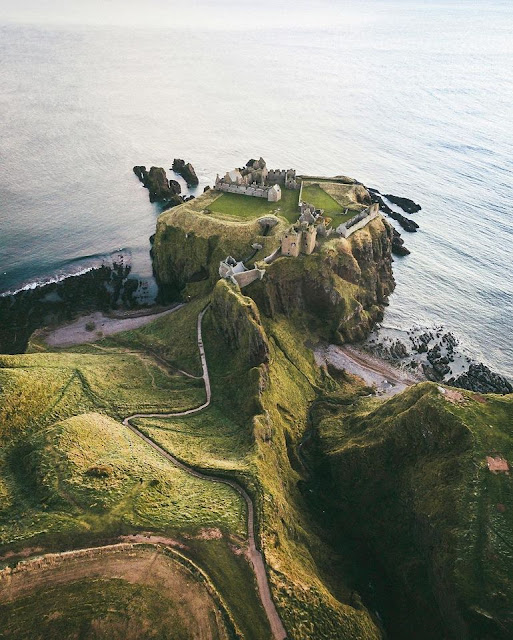





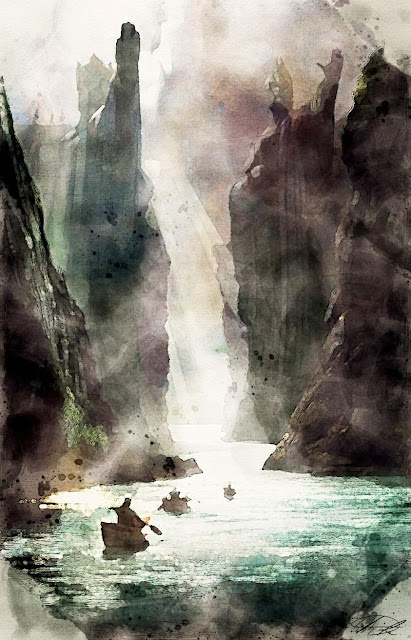












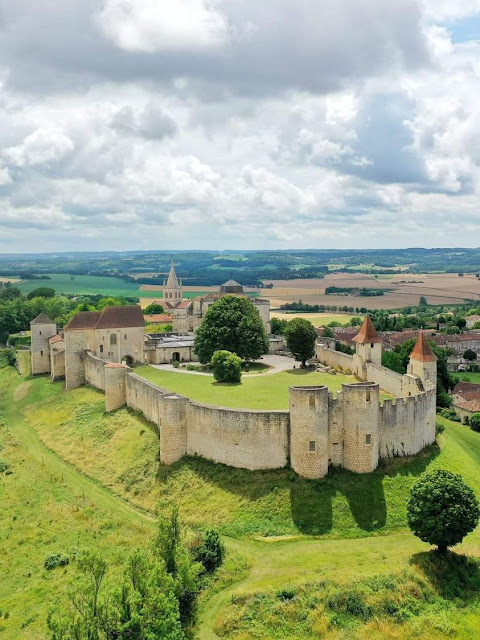








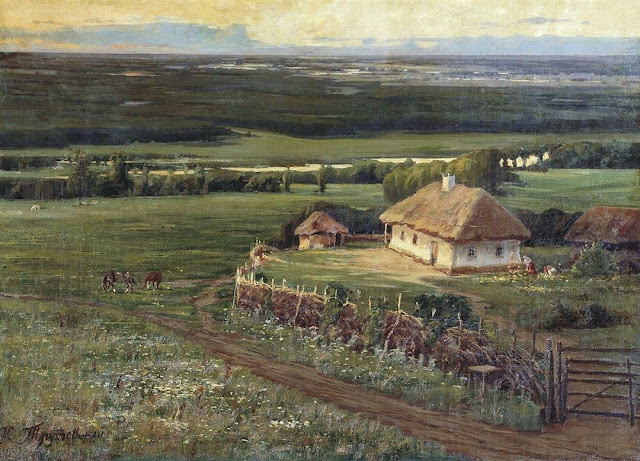



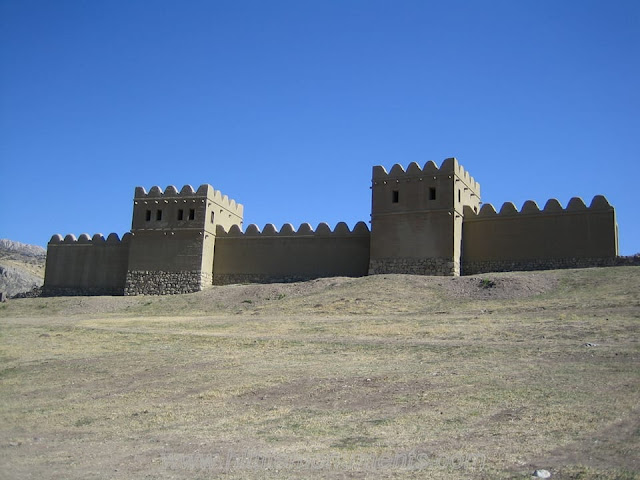

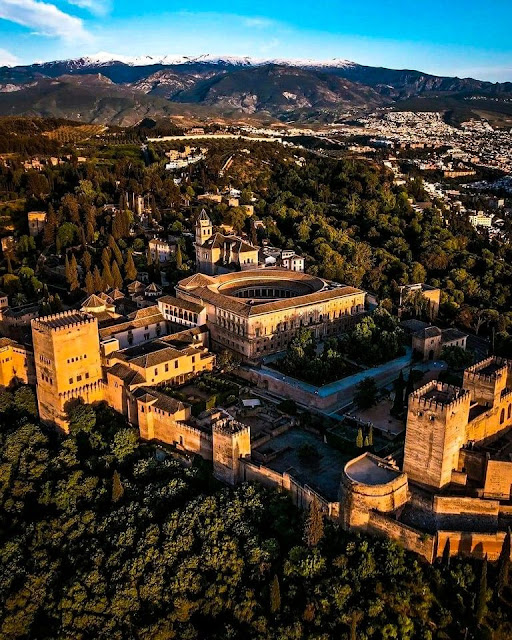







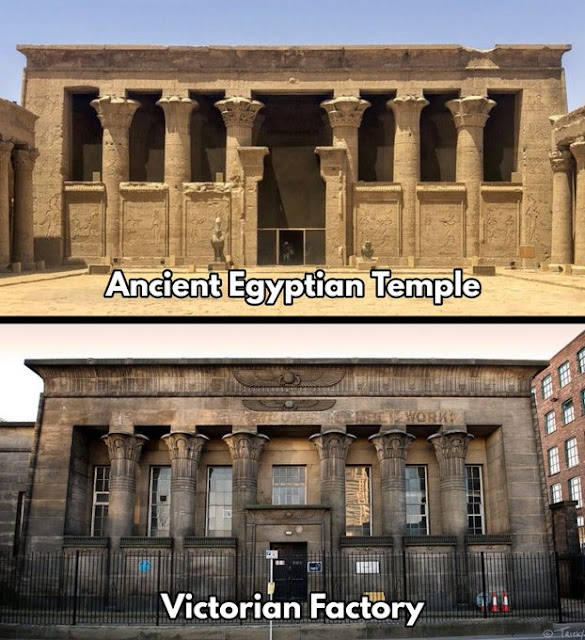

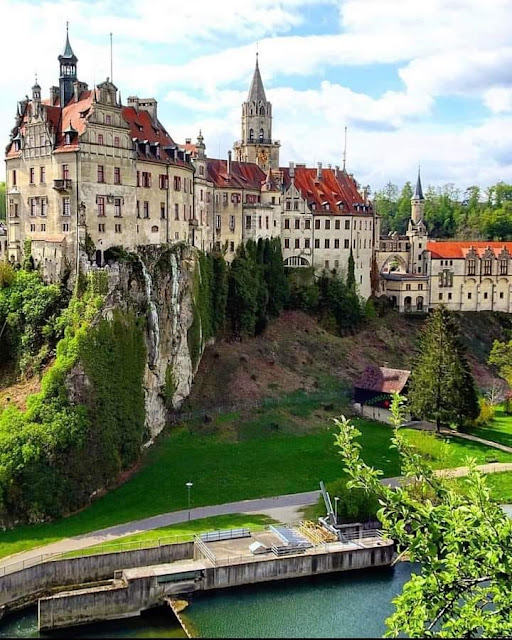







%20and%20his%20crown%20prince%20Sennacherib.jpg)




